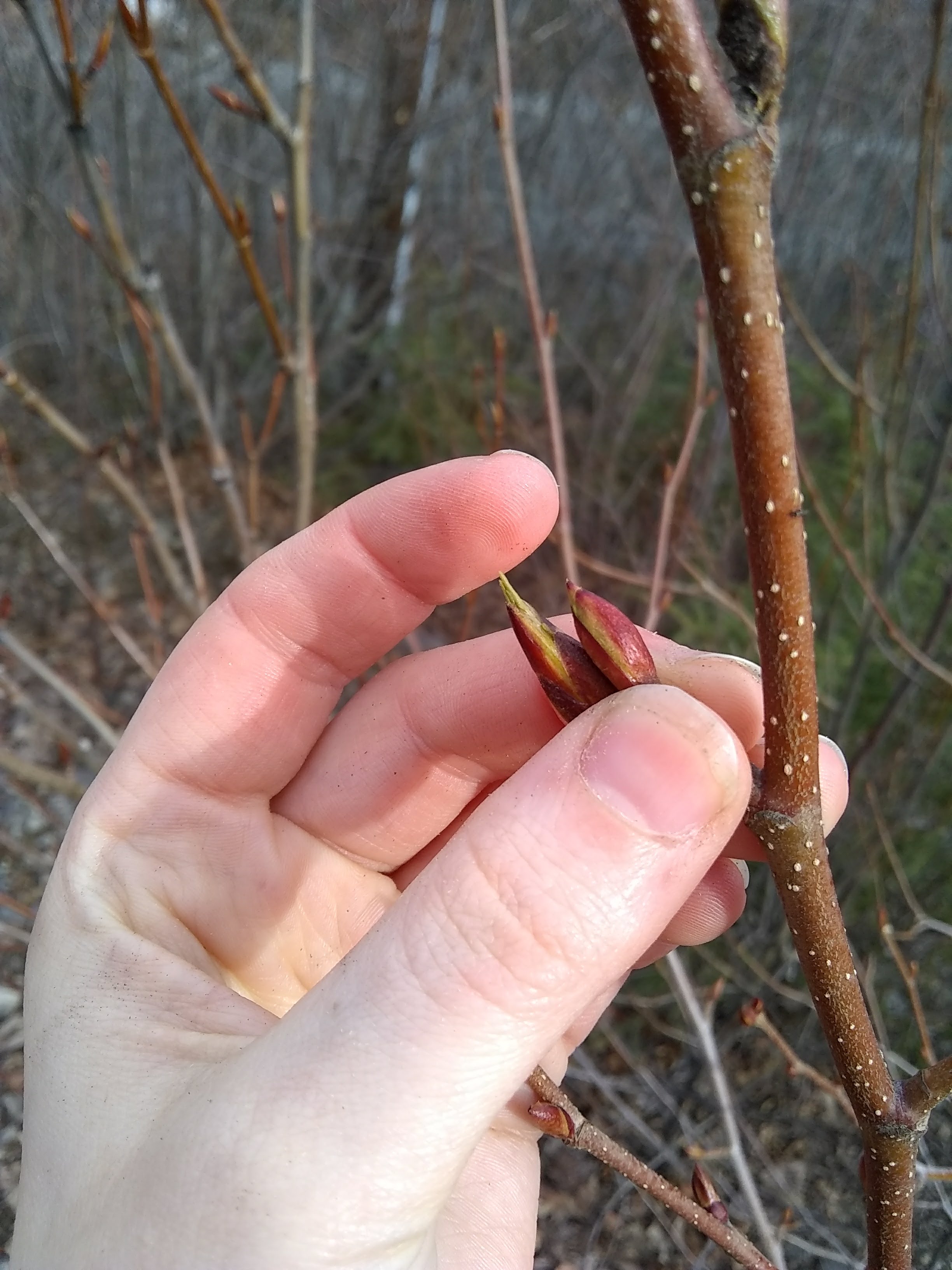We all know that some weeds, like dandelions, are useful. However, there are some that weeds that are invasive, even if they are useful. When we say invasive, we mean that the non-native plant will take over space that native plants would use.
Why should you care about invasive plants?
Plants are plants right? Why should you care if a non-native species comes up here. Invasive species can ruin an ecosystem by choking out native food sources for animals, which then interrupts what we as humans can hunt, fish, or enjoy. Some species that are similar to plants that grow up here as food for wildlife could be poisonous to them. Others could bring viruses that are dangerous to native species.
Top ones to look out for

Canada Thistle Cirsium arvense
Bull Thistle Cirsium vulgare
Oxeye Daisy Leucanthemum vulgare
Spotted Knapweed Centaurea biebersteinii
Orange Hawkweed Hieracium aurantiacum
Narrowleaf Hawksbeard Crepis tectorum
Hairy Catsear Hypochaeris radicata
Perennial Sowthistle Sonchus arvensis
Common Tansy Tanacetum vulgare
Tansy Ragwort Senecio jacobaea
Western Salsify Tragopogon dubius
Japanese Knotweed Polygonum cuspidatum
A more extensive list
Asteraceae (Sunflower Family)

Tripleurospermum perforata, scentless false mayweed
Cotula coronopifolia, brassbuttons
Lactuca serriola, prickly lettuce
Lapsana communis, nipplewort
Leontondon autumnalis, hawkbit
Matricaria discoidea, pineapple weed
Mycelis muralis, wall lettuce
Taraxacum officinale ssp. officinale, common dandelion
Brassicaceae (Mustard Family)
Alliaria petiolata, garlic mustard
Brassica rapa, birdsrape mustard
Capsella bursa-pastoris, shepherd’s purse
Descurainia sophia, flixweed
Hesperis matronalis, sweetrocket
Lepidium densifl orum, common peppergrass
Rorippa austriaca, Austrian yellowcress
Thlaspi arvense, field pennycress
Fabaceae (Pea Family)
Melilotus alba, white sweetclover
Vicia cracca, bird vetch
Lupinus polyphyllus, bigleaf lupine
Medicago lupulina, black medick
Trifolium hybridum, alsike clover
Poaceae (Grass Family)
Bromus tectorum, cheatgrass
Elymus repens, quackgrass
Phalaris arundinacea, reed canarygrass
Spartina alternifl ora, smooth cordgrass
Poa pratensis, Kentucky bluegrass
Dactylis glomerata, orchardgrass
Hordeum jubatum, foxtail barley
Lolium perenne, Italian ryegrass
Phleum pratense, common timothy
Polygonaceae (Buckwheat Family)
Polygonum aviculare, prostrate knotweed
Polygonum convolvulus, black bindweed
Rumex acetosella, common sheep sorrel
Other Families
Heracleum mantegazzianum, giant hogweed
Impatiens glandulifera, ornamental jewelweed
Euphorbia esula, leafy spurge
Myriophyllum spicatum, Eurasian watermilfoil
Lythrum salicaria, purple loosestrife (Lythraceae)
Linaria vulgaris, yellow toadflax
Digitalis purpurea, foxglove
Euphrasia nemorosa, common eyebright
Less Aggressive Species

Lappula squarrosa, bluebur
Myosotis scorpioides, marsh forget-me-not
Saponaria offi cinalis, bouncingbet
Silene noctifl ora, night-blooming cockle
Spergula arvensis, corn spurry
Stellaria media, common chickweed
Chenopodium album, lambsquarters
Hypericum perforatum, common St. Johnswort
Convolvulus arvensis, field bindweed
Plantago major, common plantain
Ranunculus repens, creeping buttercup
Trees and Shrubs to Watch
Lonicera tatarica, bush honeysuckle
Daphne laureola, spurge laurel
Caragana arborescens, Siberian peashrub
Cytisus scoparius, Scotchbroom
Pinus contorta var. latifolia, lodgepole pine
Prunus padus, European bird cherry
Sorbus aucuparia, European mountain ash
How you can prevent the spread
When you go outside of Alaska, make sure to thoroughly clean your shoes before going out in the Alaska wilderness. If you use any type of boat, make sure to clean, drain and dry before you put it in a different body of water. For the avid gardeners, make sure you purchase quality seeds that aren’t of an invasive type.
Additional resources:
PDF pocketbook of the most invasive plant species, pictures included
PDF from the University of Alaska Anchorage, pictures included
Alaska government website
That’s it for this week. Look out for these during the summer and notify the proper authorities.


